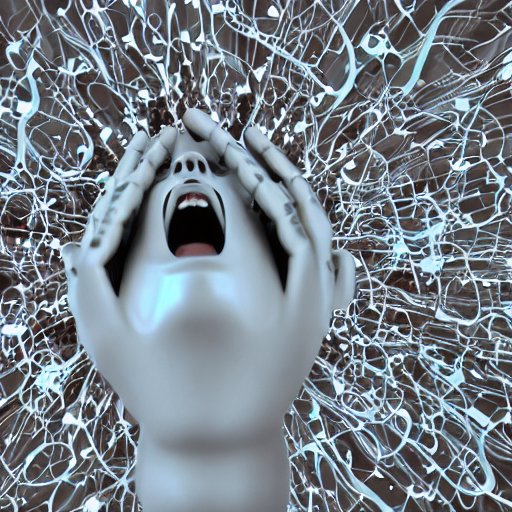Week One Homework
Apologies this is out of order - as previously noted, I'm playing catch up on this course - next term I hope to be in time with the rest of the class. However, for now I'm having to work through some of the set exercises out of step with the others so here's week one's homework:
Deconstruct your favorite photo of all time. How does it handle form in its composition. What is the primary point of interest? What is the punctum. How does your eye travel through the composition? What is the distribution of weigh and how is it done (line, tone or hue /saturation)? What is the content, or the concept that is captured in the image? Does it use references to other images or art? Metaphor or symbolism to communicate its message? Or is it purely a formal study?
An impossible task of course, like choosing one's favourite book or film of all time... but that doesn't mean I shouldn't have a stab at it. So, here are some of my favourite photographs of all time, in no particular order:
Clockwise from top left:
1. The NASA website says this about the photograph:
"Astronaut Bruce McCandless II, STS-41B mission specialist, uses his hands to control his movement above the Earth - and just few meters away from the space shuttle Challenger - during the first-ever spacewalk which didn't use restrictive tethers and umbilicals. Fellow crewmembers aboard the Challenger used a 70mm camera [sic] to expose this frame through windows on the flight deck.
Credits: NASA".
Taken in 1984, when I saw this for the first time all I could think was "wow, I'd love to have taken that!" It was unlike anything I had ever seen before.
2. Sebastio Salgado - Workers in an open-cast goldmine in Brazil, 1986. As with some of the others here, this photo really only makes sense when seen in the context of either a wider series of images or the body of work of the photographer as a whole.
3. Don McCullin - Vietnam - 1968 - shell-shocked soldier. I would probably have seen this for the first time many years after it was published, in the early 1980s when I had an interest in 1960s counter-culture, in pacifism, in literature about war (The Naked and the Dead - Mailer; Dispatches - Michael Herr; All Quiet on the Western Front - Erich Maria Remarque: typical early adult male literature for the time - this picture complemented such an interest perfectly).
4. Gregory Crewdson - from the series "Twilight", started in 1998.
5. Paolo Roversi - an 8 x 10 polaroid from a 2015 exhibition at Hamiltons Gallery in London: Roversi is quoted as saying "As soon as I discovered this type of film I was enchanted by it... You know how you fall in love with something - maybe it was the colour, the contrast. It became my palette immediately."
6. Gregory Heisler - Hugh Grant 1984. The tones (the tones!), the lighting (continuous lighting from an assistant outside the window with perhaps some natural daylight?) and a handheld 6 x 4 camera - gorgeous!
And, ok, here's a couple more that I've found between edits of this post:




Comments
Post a Comment